Rising Popularity of Football
The increasing popularity of football across various demographics appears to be a primary driver for the Football Equipment Market. As more individuals engage in the sport, the demand for quality equipment rises. Recent statistics indicate that football is one of the most played sports worldwide, with millions participating at both amateur and professional levels. This surge in interest is likely to stimulate sales of football gear, including balls, cleats, and protective equipment. Furthermore, youth leagues and school programs are expanding, contributing to a broader consumer base. The Football Equipment Market is thus positioned to benefit from this growing enthusiasm, as manufacturers strive to meet the needs of a diverse audience.
Expansion of E-commerce Platforms
The expansion of e-commerce platforms is reshaping the retail landscape for the Football Equipment Market. With the rise of online shopping, consumers now have greater access to a wide range of football gear from various brands. This shift is particularly appealing to younger consumers who prefer the convenience of online purchasing. E-commerce platforms often provide detailed product information, customer reviews, and competitive pricing, which can influence buying decisions. As a result, traditional retail channels may face challenges, while online sales of football equipment are expected to grow. The Football Equipment Market must adapt to this trend by enhancing online presence and optimizing supply chains to meet the demands of a digital-savvy consumer base.
Technological Innovations in Equipment
Technological advancements in football equipment are transforming the Football Equipment Market. Innovations such as smart footballs equipped with sensors and advanced materials that enhance performance are becoming increasingly prevalent. These developments not only improve the quality of play but also attract tech-savvy consumers who seek the latest in sports technology. For instance, the integration of data analytics into training equipment allows players to monitor their performance in real-time. This trend is expected to drive market growth, as players and teams invest in high-tech gear to gain a competitive edge. The Football Equipment Market is thus likely to see a rise in demand for innovative products that enhance both training and gameplay.
Growing Awareness of Health and Fitness
The rising awareness of health and fitness among the population is driving growth in the Football Equipment Market. As individuals increasingly recognize the benefits of physical activity, participation in sports like football is on the rise. This trend is particularly evident among younger generations, who are more inclined to engage in team sports as a means of staying active. Consequently, the demand for football equipment, including training gear and apparel, is likely to increase. Fitness campaigns and community initiatives promoting football as a healthy lifestyle choice further bolster this trend. The Football Equipment Market is thus positioned to capitalize on the growing emphasis on health and fitness.
Increased Investment in Sports Infrastructure
Investment in sports infrastructure, including football facilities and training centers, is a significant driver for the Football Equipment Market. Governments and private entities are increasingly funding the development of stadiums, training grounds, and community sports complexes. This investment not only promotes the sport but also creates a demand for associated equipment. As facilities improve, the need for high-quality football gear rises, leading to increased sales. Moreover, enhanced infrastructure encourages participation at all levels, from grassroots to professional, thereby expanding the consumer base for football equipment. The Football Equipment Market stands to benefit from this trend as more players seek to utilize improved facilities.



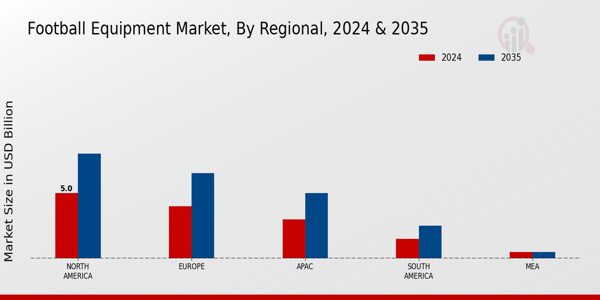
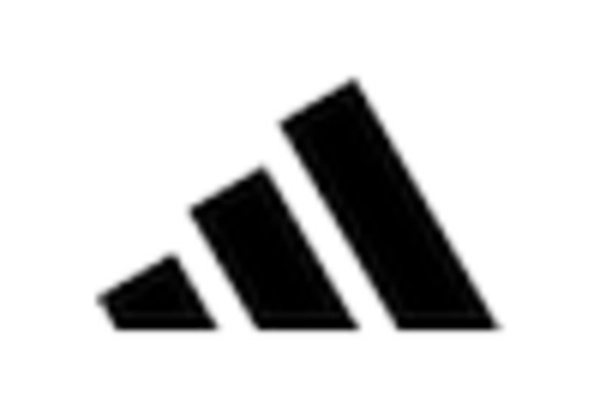
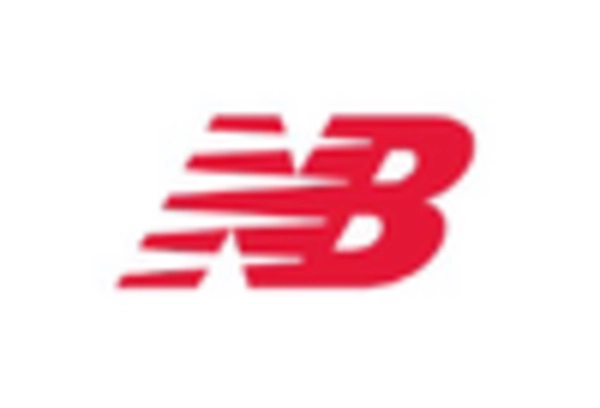
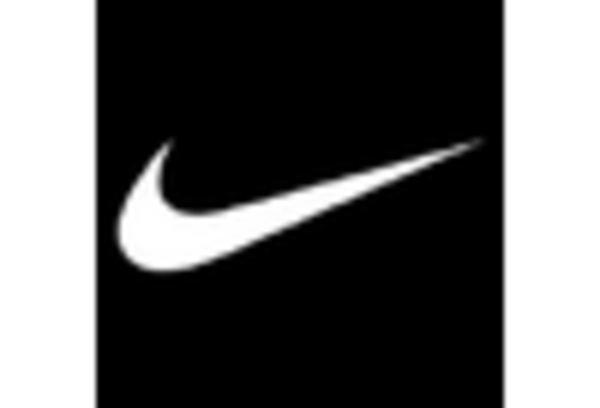
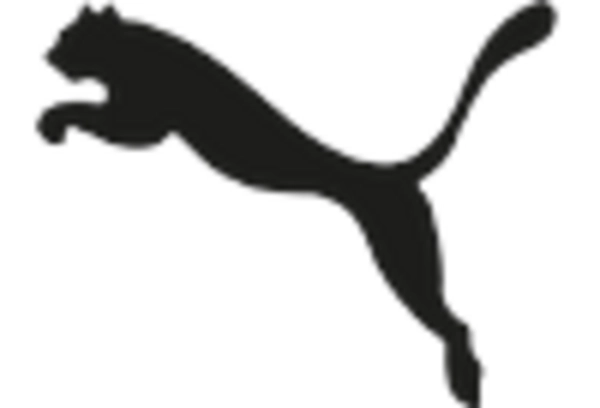

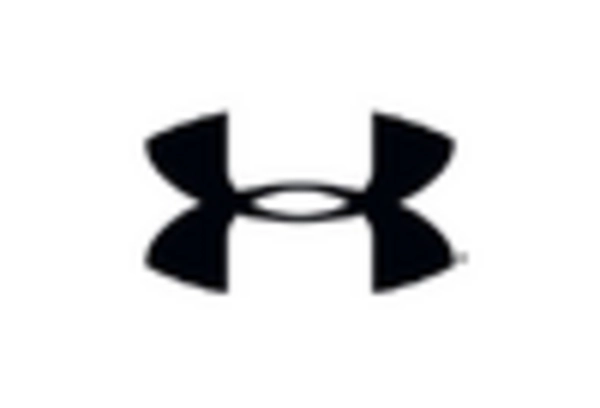








Leave a Comment